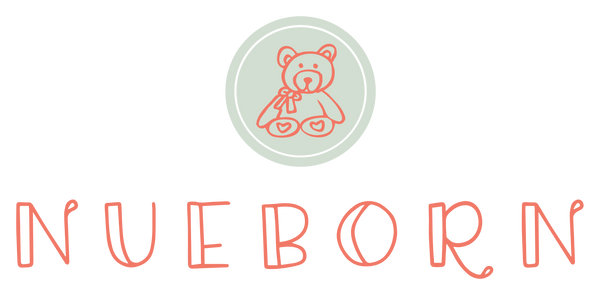
Protecting Our Newborns From the Cold This Winter
Share
As winter approaches and the temperature drops, it becomes crucial to ensure the well being of our ones. Babies require care to keep them warm and healthy throughout the months.
Here are some effective strategies backed by research to help your little one comfortably handle cooler temperatures. Following a thoughtful plan that considers an infant's extra sensitivities can help them withstand winter's chill and benefit from quality time outdoors, even in freezing conditions.
With the right preparations, your baby will stay snug and enjoy life fully all season.
Maintaining Optimal Indoor Temperature:
It's important to keep the indoor temperature warm for infants, between 68 to 72F. Use central heating or space heaters to achieve this. Dress newborns in one more layer of warm clothing than adults wear.
By feeling them occasionally, check that your hands and feet are not getting too cold. Avoid overly warm or cold drafts near where babies sleep or play. Monitoring the temperature closely ensures newborns stay cozy without overheating during cold winter.
Must Read: A Size Guide to Your Newborns Essential Clothing
Layering for Warmth and Comfort
Dress newborns in layered clothing to regulate their core body heat as temperatures drop. Opt for one more layer than an adult would wear. Use a onesie or bodysuit as the base layer, then add pants and long-sleeved shirts or sleepers on top.
For outdoor excursions, wrap newborns snugly in blankets within a snowsuit. Ensure any layers are breathable fabrics like cotton to wick away moisture. Check that hands and feet don't get too warm or cold with layer adjustments as needed.
Choosing the Right Winter Gear
Choosing the right winter gear for babies when going outside is essential. Get good quality items like a hat, mittens, and warm booties that fit well.
They should block wind and water while still allowing air flow. Products that shield from harsh weather keep little ones protected from the cold and keep their skin safe. Proper gear serves as a barrier against the elements.
Humidity Control for Respiratory Health
Maintaining proper humidity levels is crucial for newborns' respiratory health in winter. Running a cool mist humidifier when indoor heating is used helps add moisture to dried out air.
Humidity should be kept between 40-50% using a hygrometer for measurement. Extra moisture may be needed if viruses are circulating. Opening windows briefly daily releases stale air while bath time and hanging laundry indoors boosts humidity safely.
Proper humidity prevents nasal irritation and dry skin cracks. Overall indoor comfort and breathability are optimized through humidifier use as temperatures drop.
Regular Handwashing to Prevent Illness
Ensuring the baby stays comfortable and avoids winter sickness involves scientific knowledge and practical solutions. Factors like decreased humidity can impact a baby's developing airways.
Maintaining indoor humidity between 30-50% through a humidifier alleviates dry skin, stuffy nose, and irritations that viruses prey on. Properly dressing babies with breathable, protective hats, gloves, and clothes also shields them from temperature drops and drafts.
Applying evidence-based strategies grounded in medical research gives parents confidence as they care for babies in the colder months. Tactics such as consistent handwashing, maintaining humidity, and bundling the baby appropriately have promoted wellness even when viruses circulate more readily.
Understanding the baby's unique needs at each stage allows parents to create a warm, nurturing environment where the baby can flourish regardless of the season. With openness to guidance from experts and commitment to best practices, families can smoothly weather winter's challenges while ensuring the baby remains content and thriving.
